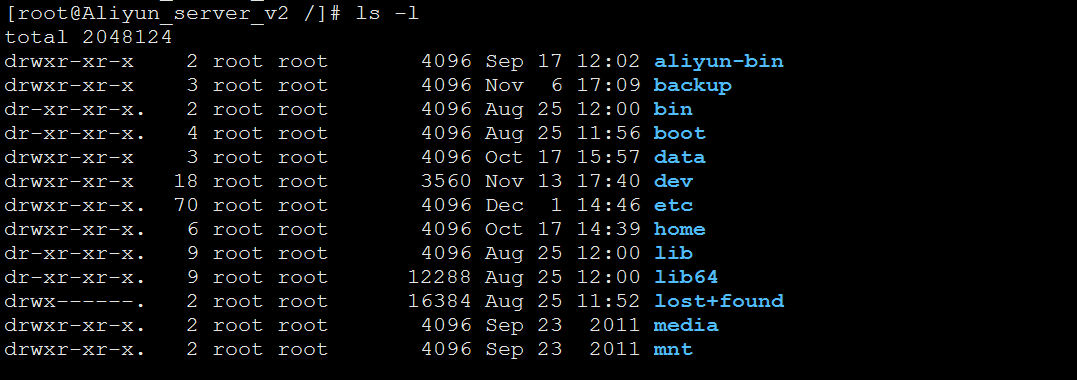jQuery.mobile.navigate( url [, data ] )
改变URL和跟踪历史。作品为浏览器和无历史新的API
- url:是必须的参数。类型:字符串
- data:是可选的参数。类型:对象。
更改哈希片段两次然后日志提供导航事件数据时,浏览器向后移动的历史
// Starting at http://example.com/
// Alter the URL: http://example.com/ => http://example.com/#foo
$.mobile.navigate( "#foo", { info: "info about the #foo hash" });
// Alter the URL: http://example.com/#foo => http://example.com/#bar
$.mobile.navigate( "#bar" );
// Bind to the navigate event
$( window ).on( "navigate", function( event, data ) {
console.log( data.state.info );
console.log( data.state.direction )
console.log( data.state.url )
console.log( data.state.hash )
});
// Alter the URL: http://example.com/#bar => http://example.com/#foo
window.history.back();
// From the navigate binding on the window, console output:
// => "info about the #foo hash"
// => "back"
// => "http://example.com/#bar
// => "#bar"
劫持一个链接点击使用导航方法,然后加载内容
// Starting at http://example.com/
// Define a click binding for all anchors in the page
$( "a" ).on( "click", function( event ) {
// Prevent the usual navigation behavior
event.preventDefault();
// Alter the url according to the anchor's href attribute, and
// store the data-foo attribute information with the url
$.mobile.navigate( this.attr( "href" ), { foo: this.attr( "data-foo" ) });
// Hypothetical content alteration based on the url. E.g, make
// an ajax request for JSON data and render a template into the page.
alterContent( this.attr( "href" ) );
});
 51工具盒子
51工具盒子




